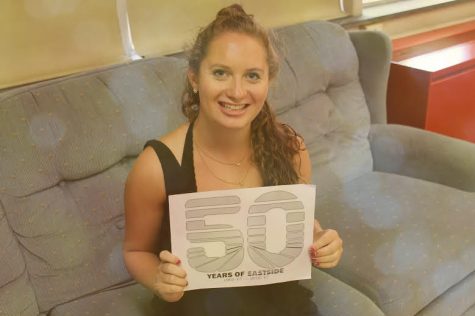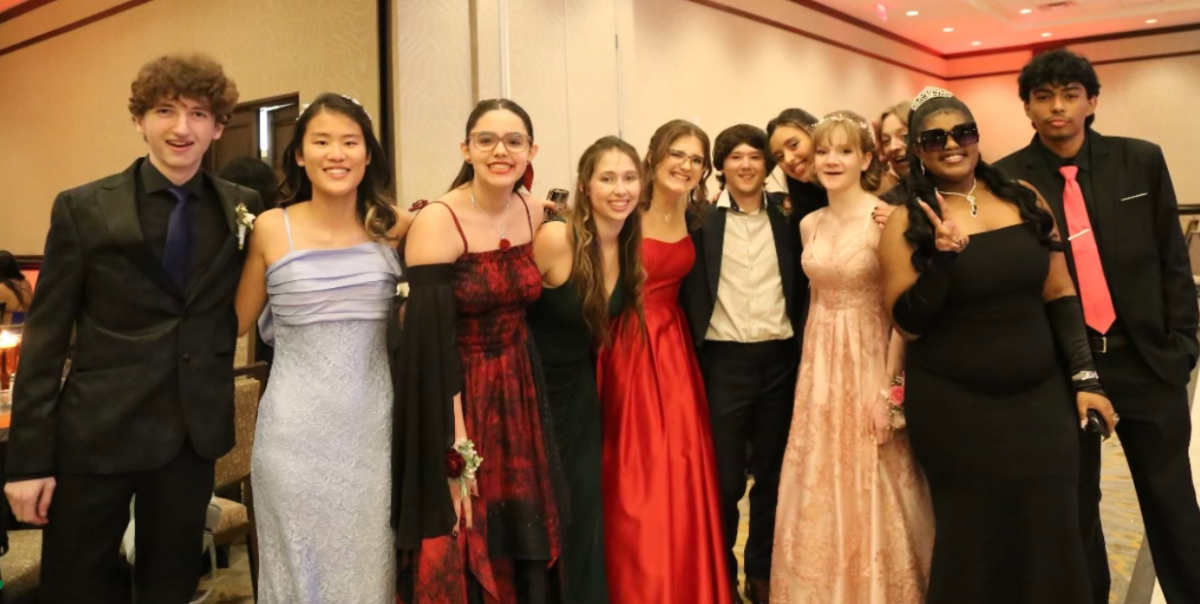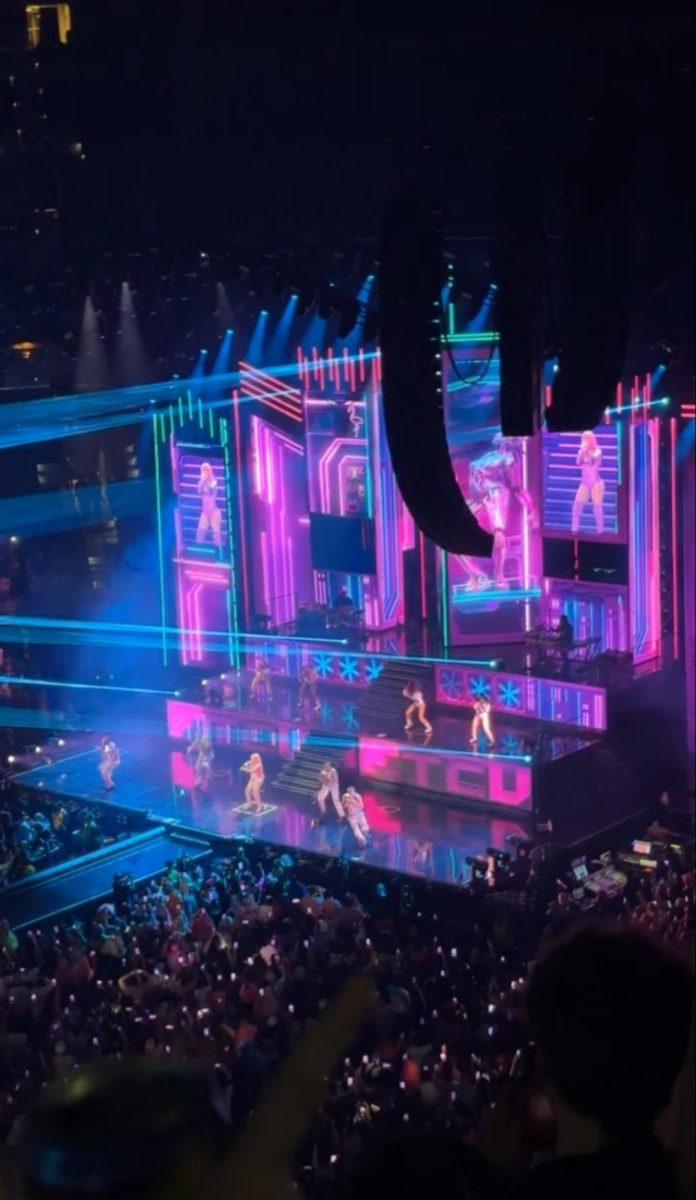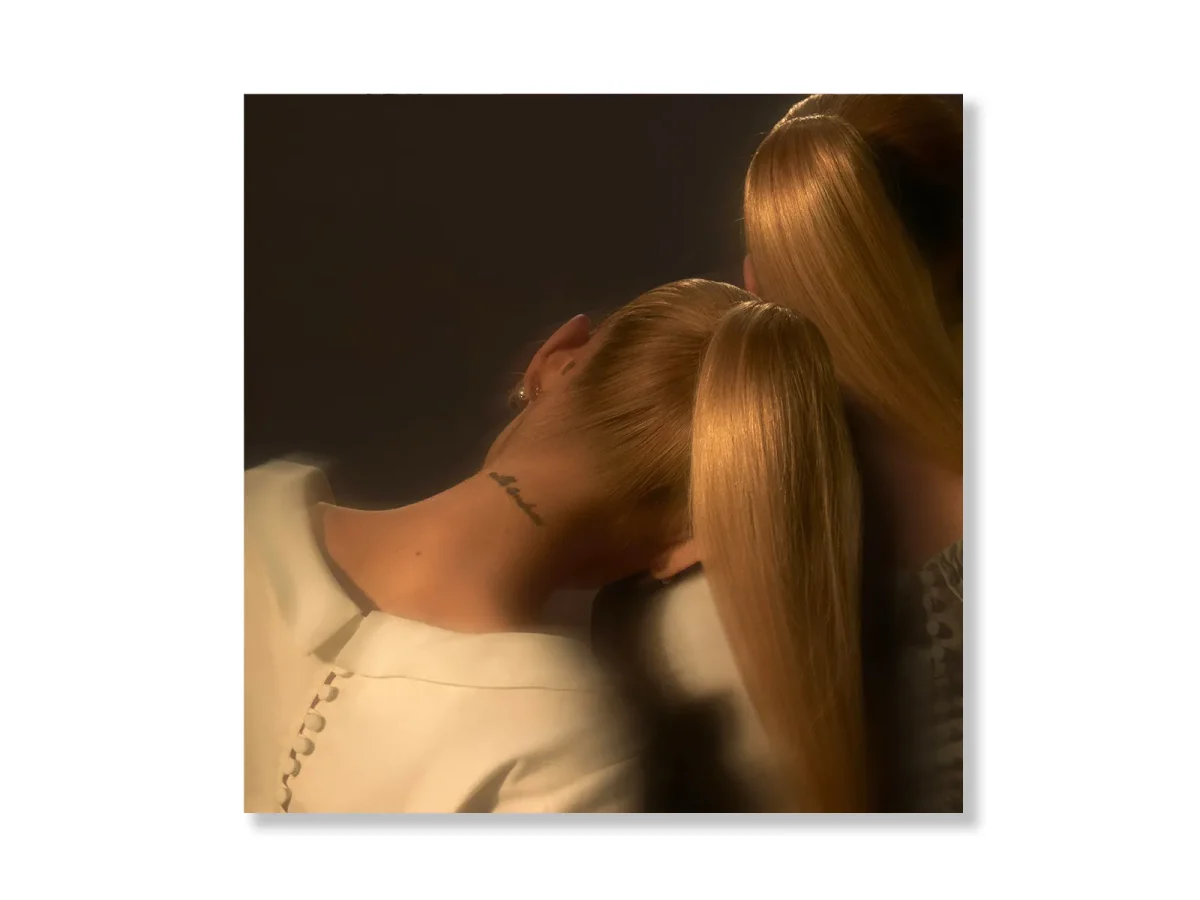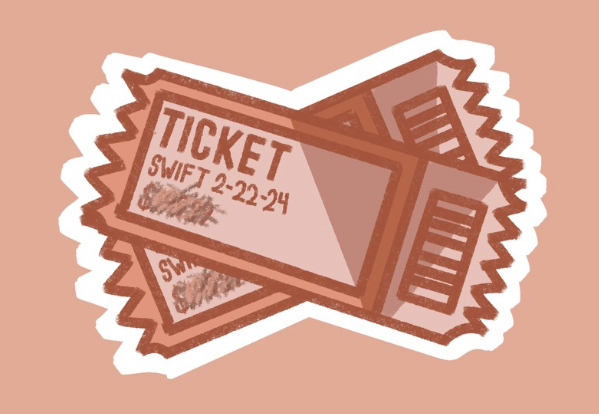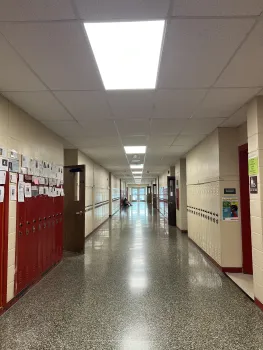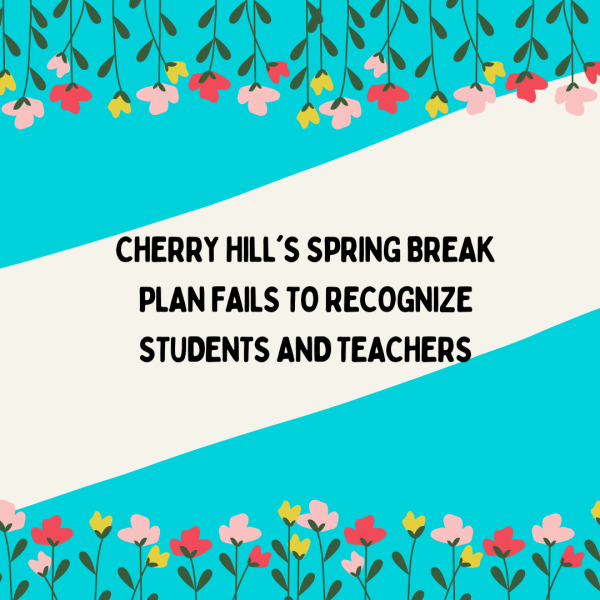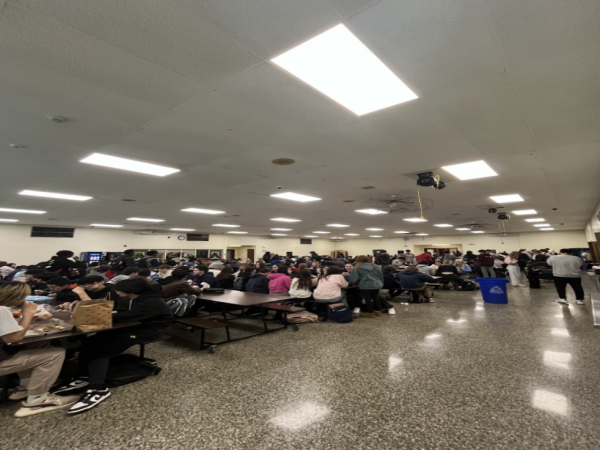Cherry Hill East blocks websites and apps in the building

East blocks multiple apps and websites for students
November 10, 2015
This year at East, numerous websites and phone Apps have been blocked through the Barracuda Web Filter. The Barracuda Web Filter is a combination of spyware, malware and virus protection. It allows the organization using the filter to block websites, with overall goals to protect computers from viruses, increase user productivity and avoid use of banned programs. This has been occurring for years. Although especially this year, students have been noticing more and more restrictions while using the CHCLC Wi-Fi. Blocking what students can access on their phones is unnecessary and unjust.
Numerous Apps and websites, such as Snapchat and YouTube, have been blocked on the school Wi-Fi. Even Eastside Online sometimes cannot be accessed while on Wi-Fi. East students frequently complain about Instagram pictures not loading while they are using Wi-Fi, and not being able to access Facebook.
While students are in class, the classroom becomes a “Red-Zones” for technology, unless otherwise specified by the teacher. This means that they are not allowed to use their electronic devices. Since this rule was put in place, teachers do not need to worry about their students using their cellphones in class. Therefore, while students are in “Green-Zones”, or places that they are able to use electronic devices, such as study halls and lunch breaks, they should be able to use all Apps that they please.
YouTube could act as a useful study tool for students, except that students are unable to access it while in school. On YouTube, there are videos that show applications of things that students are learning, as well as extensions of the information. Many students frequently use Crash Course videos on YouTube to gain a better understanding of topics that they are learning. Many teachers even recommend Crash Course videos for their students to watch.
East students use Snapchat to communicate with each other. During lunch breaks, students should be able to Snapchat each other as much as they want. East even has three geofilters on Snapchat, yet the App is inaccessible to students while they are using the school Wi-Fi. A geofilters is an overlay for Snapchat pictures that can only be accessed at certain location. For example, the Cherry Hill East geofilters can only be accessed while in East. The only problem that could arise is students taking pictures of teachers and sharing them with their friends. If this becomes a problem, action should be taken against the individual student, but the entire East community should not be punished for the actions of one student.
There are many school-related groups on Facebook that house important information for students. There are class groups for entire grades, groups for clubs, and students can make Facebook groups for their classes, like groups that have all the students in their Biology class. Important information regarding school events and club meetings are posted in these groups, but they can be missed by students because access is unavailable in school. For example, when Project E was being planned, there was a Facebook group made. Members of SGA posted in the group about important deadlines, such as when the last day to buy tickets was.
Many students do not want to use their data in school since Wi-Fi is available. Most students have a limited amount of data on their phone plans that they would prefer to save for times when there is no Wi-Fi available. Restricted sites would not be a distraction in class because of the enforced “Red-Zones” in classrooms, so students should have a larger choice of sites to use during their free time in school. Since Wi-Fi is provided in school, paid for by taxpayers, there should be fewer restrictions for what students can access.

